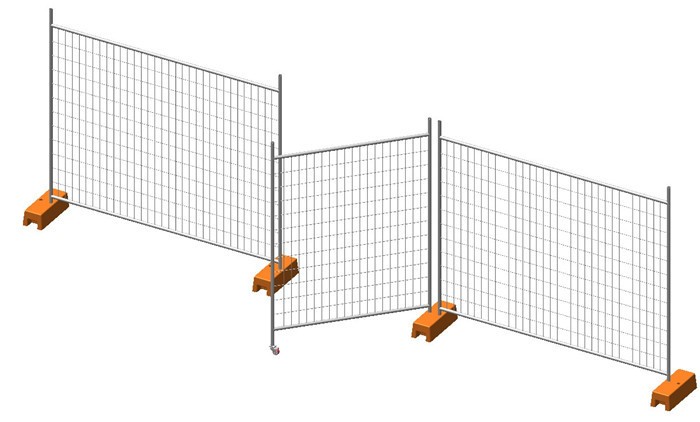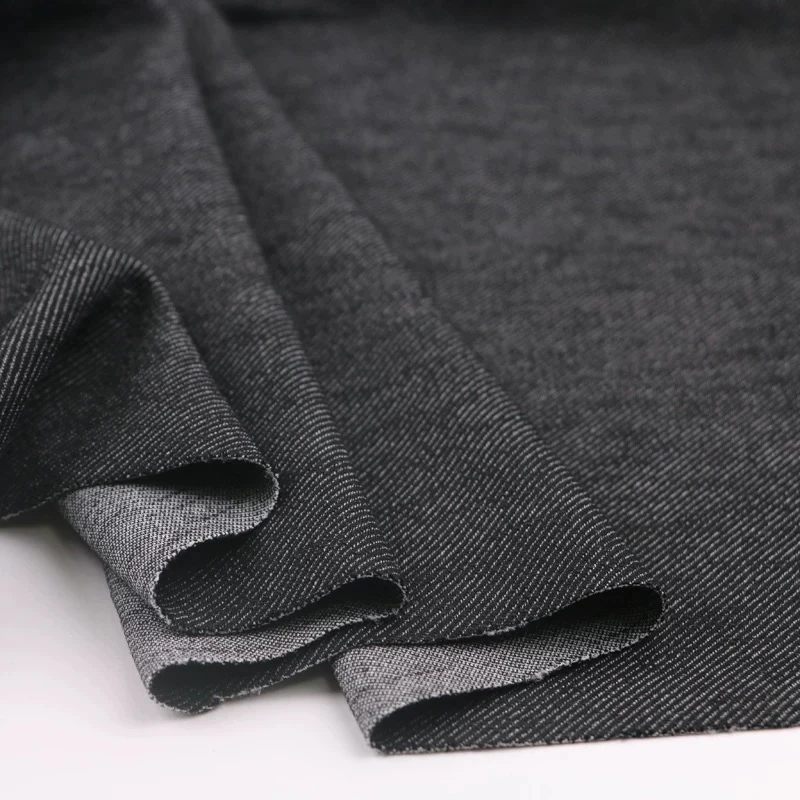china traditional indigo dyeing


For consumers and collectors seeking pieces of art with practical applications, indigo-dyed products offer a tasteful blend of tradition and modernity. Each piece tells a story, not just about the wearer but also about the centuries-old practices that continue to thrive in a modern setting. In an age where fast fashion dominates, these sustainably produced textiles provide a refreshing alternative that emphasizes longevity and cultural appreciation. Moreover, these products are not only aesthetically pleasing but also demonstrate the environmentally friendly aspects of traditional dyeing methods. The indigo dyeing community is conscientious of its environmental footprint; thus, they implement practices that reduce waste and conserve water. Buyers are increasingly aware of the impact of their choices and are drawn to products that combine superb craftsmanship with environmental responsibility. Local cooperatives and workshops in China play a pivotal role in keeping this craft alive. These organizations support artisans by providing them with the resources needed to cultivate their skills and promote their work globally. One such example is the Guizhou Indigo Weaving Cooperative, which empowers women artisans by providing them opportunities to create and sell their indigo-dyed wares internationally. This not only allows for economic development within these communities but also ensures the continuity of this ancient art form. Chinese traditional indigo dyeing is more than just a technique; it is an artistic expression that connects the past with the present. As the world becomes more interconnected, the appreciation for authentic and sustainable craftsmanship only grows. Indigo dyeing offers consumers a way to engage with cultural heritage while embracing modern, sustainable living. The result is a versatile and exquisite array of products that honor the craft's origins and look forward to its ever-evolving future.
-
The Timeless Art of Denim Indigo Dye
NewsJul.01,2025
-
The Rise of Sulfur Dyed Denim
NewsJul.01,2025
-
The Rich Revival of the Best Indigo Dye
NewsJul.01,2025
-
The Enduring Strength of Sulphur Black
NewsJul.01,2025
-
The Ancient Art of Chinese Indigo Dye
NewsJul.01,2025
-
Industry Power of Indigo
NewsJul.01,2025
-
Black Sulfur is Leading the Next Wave
NewsJul.01,2025

Sulphur Black
1.Name: sulphur black; Sulfur Black; Sulphur Black 1;
2.Structure formula:
3.Molecule formula: C6H4N2O5
4.CAS No.: 1326-82-5
5.HS code: 32041911
6.Product specification:Appearance:black phosphorus flakes; black liquid

Bromo Indigo; Vat Bromo-Indigo; C.I.Vat Blue 5
1.Name: Bromo indigo; Vat bromo-indigo; C.I.Vat blue 5;
2.Structure formula:
3.Molecule formula: C16H6Br4N2O2
4.CAS No.: 2475-31-2
5.HS code: 3204151000 6.Major usage and instruction: Be mainly used to dye cotton fabrics.

Indigo Blue Vat Blue
1.Name: indigo blue,vat blue 1,
2.Structure formula:
3.Molecule formula: C16H10N2O2
4.. CAS No.: 482-89-3
5.Molecule weight: 262.62
6.HS code: 3204151000
7.Major usage and instruction: Be mainly used to dye cotton fabrics.

